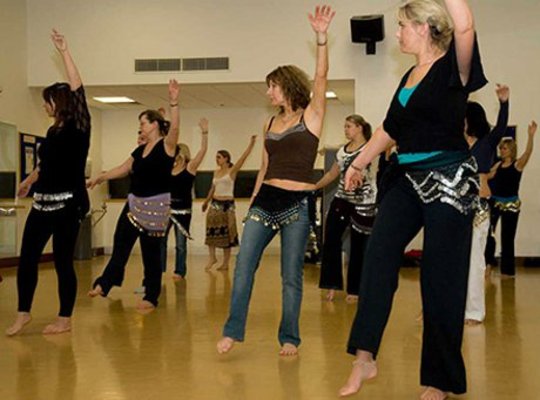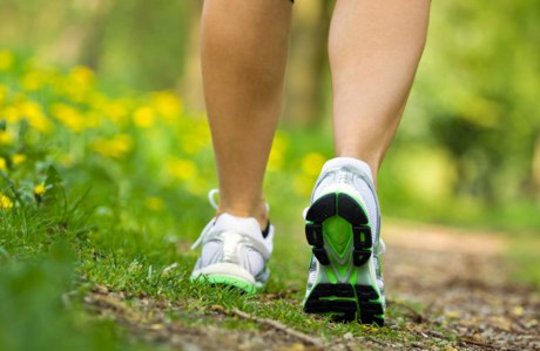
All too often we approach exercise as just another task -- maybe even a burden. We do it because we know we should. "Stress walking", some folks have labeled it as they dash off to battle calories and advancing years with frantic lunch-hour sprints...
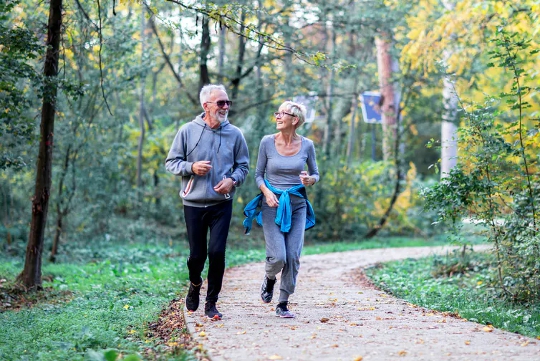
Our latest research has shown another benefit of being physically active throughout life. We found that in the US, people who were more physically active as teenagers and throughout adulthood had lower healthcare costs.

As with many other physicians, recommending physical activity to patients was just a doctor chore for me – until a few years ago. That was because I myself was not very active.

The cultural obsession with six-pack abdominals shows no signs of abating. And if research into male body image is to be believed, it will likely only grow, thanks to social media.
- By Scott Lear

Health and fitness benefits from exercise begin from the very first step of movement. These benefits continue to accumulate in a linear fashion up until 300 to 400 minutes per week of moderate activity. Beyond that, benefits continue to occur, but at a reduced rate.

Most of us have a relationship to the outside world based on conflict, the power struggle. It is quite tiring. One must always be on the alert. Could there be another way of doing things?
Belly dance (by whatever name it is called) is excellent for any age. It is a celebration of womanhood, a dance by women for women's purposes. It can be practiced in preparation for childbirth and after childbirth. This dance has also helped many women who have suffered from PMS and menstrual discomfort...
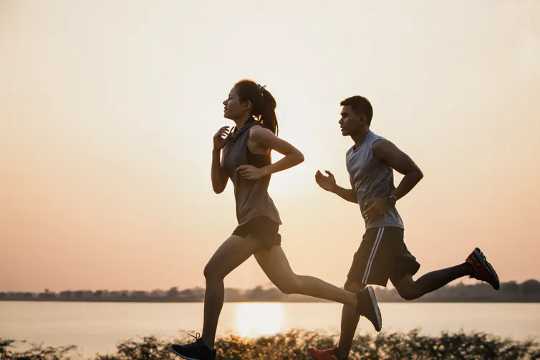
Your diet is crucial in long-distance running. If you don’t eat the right foods in the right amounts, you might not get enough energy to train and compete properly.
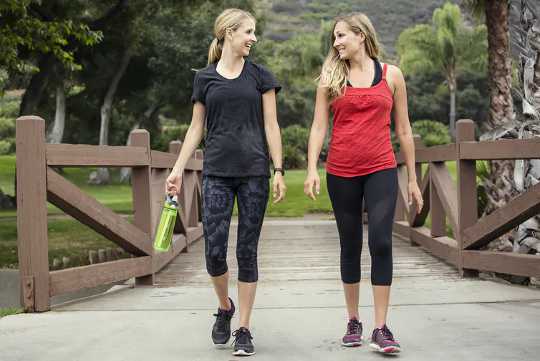
When it comes to being fit and healthy, we’re often reminded to aim to walk 10,000 steps per day. This can be a frustrating target to achieve, especially when we’re busy with work and other commitments.
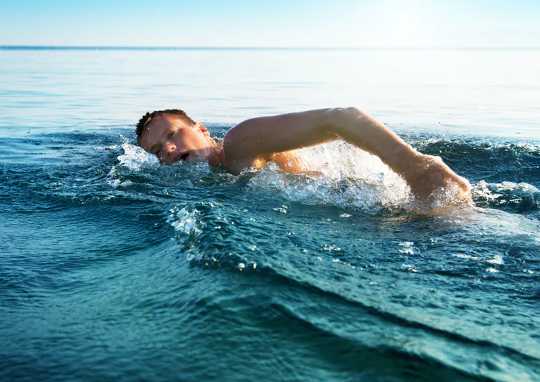
Summer is the season when we like to cool off with a plunge into water. For some it’s in the local or backyard swimming pool, but others prefer the salt water of the ocean.
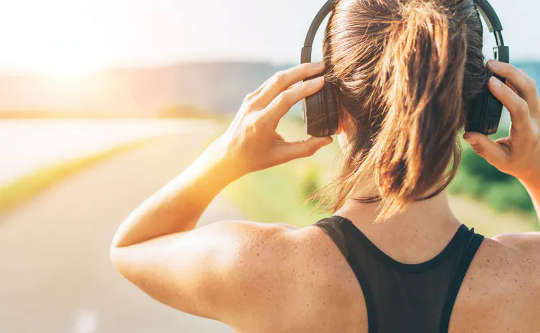
For many people, an essential part of any exercise regime is the music that accompanies it. Whether you’re a runner, a rower or a bodybuilder, there’s a good chance you have a favourite selection of tunes and some headphones to help you through.
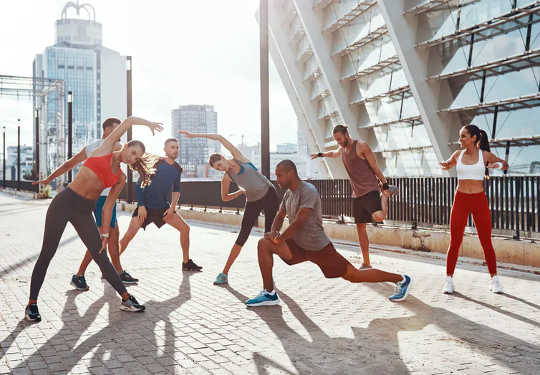
Over the past 20 years, static muscle stretching has gotten a bad rap. Once considered an essential part of any sport or exercise warm-up, static stretching has now been removed from the picture almost entirely.
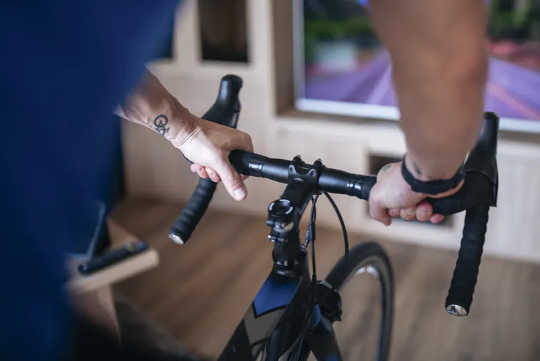
As researchers in the field of kinesiology, we’ve studied the effects of connected fitness on motivation and fitness outcomes. If you’re looking for ways to beef up your fitness during pandemic-related downtime or to replace a pre-COVID-19 exercise routine

The Canadian 24-hour Movement Guidelines recommend at least 150 minutes of moderate-to-vigorous intensity aerobic physical activity throughout the week and strengthening activities on two or more days per week.
- By Viv Lee
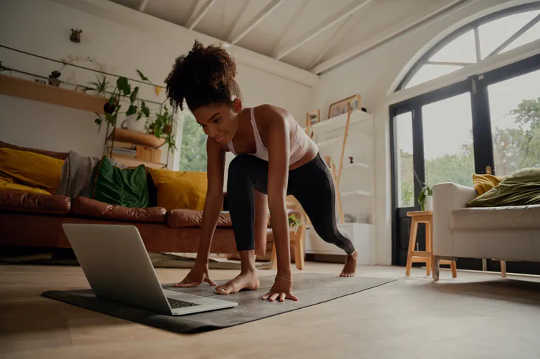
Even if you exercise everyday – whether that’s at home, at the gym, or taking your dog for walks – you might not be getting as much physical activity as you think you are.
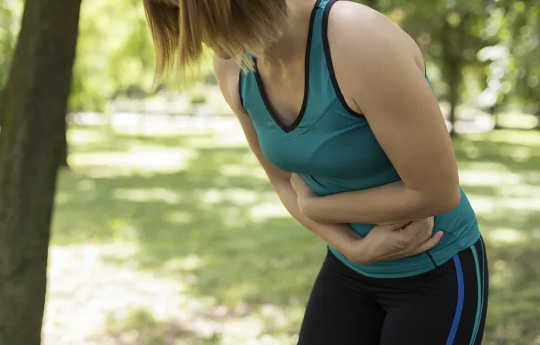
So you’re pedaling your heart out or running like you’re escaping a zombie horde. You’re feeling accomplished, on cloud nine, until … your stomach starts to churn. You may even feel dizzy. Your feelings of accomplishment have turned to agony as you deal with a bout of nausea.
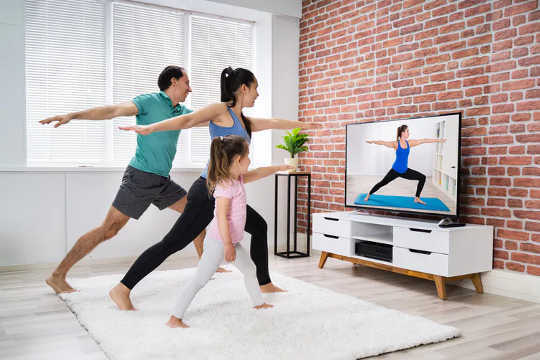
Exercising more is one of the most common new year resolutions people make. But more than a quarter of people fail to keep their resolutions, and only half maintain some of them.
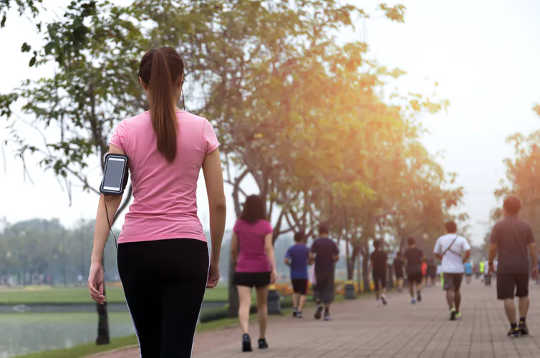
It’s that time of year when many of us are setting goals for the year ahead. The most common New Year’s resolution – set by 59% of us - is to exercise more.
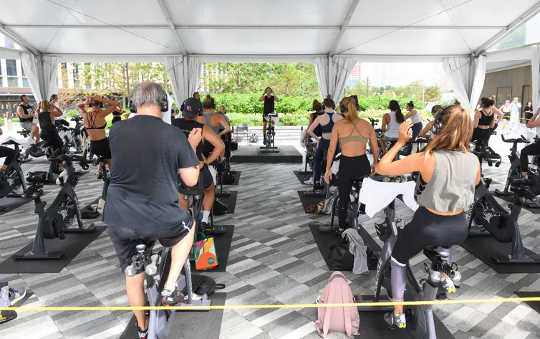
Group exercise is very popular. In advance of the coronavirus pandemic, the American College of Sports Medicine predicted that group fitness would be one of the top three fitness industry trends in 2020 – for good reason.

It’s a common dieter’s lament: “Ugh, my metabolism is so slow, I’m never going to lose any weight.” But does the speed of metabolism really vary all that much from person to person?
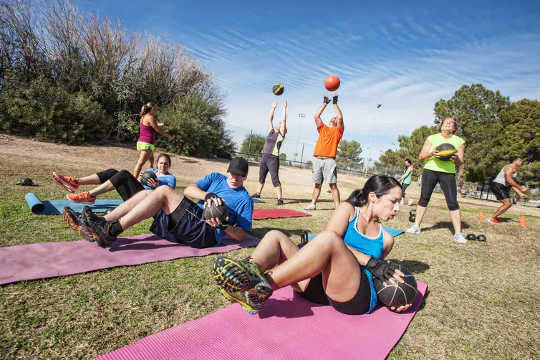
It’s well known that the microbes living in our guts are altered through diet. For example, including dietary fibre and dairy products in our diets encourages the growth of beneficial bacteria. But mounting evidence suggests that exercise can also modify the types of bacteria that reside within our guts.

Self-isolation means far fewer opportunities to be physically active if you are used to walking or cycling for transportation and doing leisure time sports. But equally worryingly, the home environment also offers abundant opportunity to be sedentary (sitting or reclining).
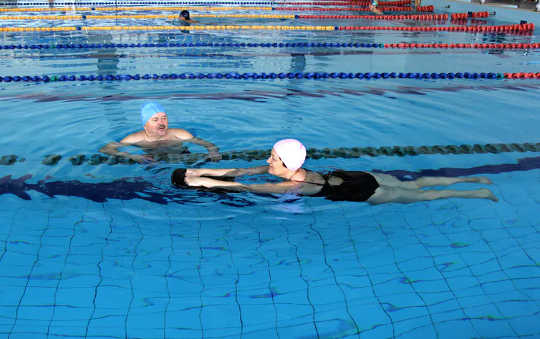
Swimming, aqua-aerobics, and other water-based exercises are popular for people aged 55 and older to keep fit without putting strain on the joints.

